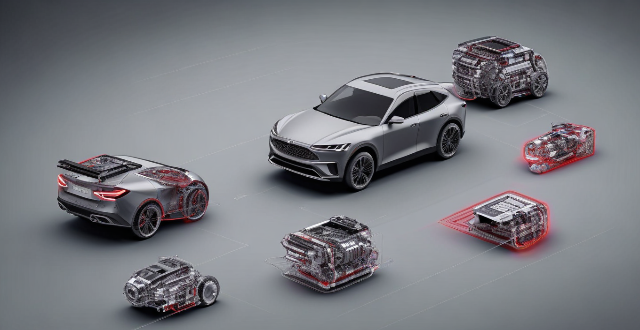Multi-motor drives in electric vehicles provide enhanced performance, efficiency, redundancy, and design flexibility. However, they also come with increased complexity, cost, battery drain, weight, space constraints, and control challenges. The decision to use a multi-motor system should consider these factors based on the vehicle's goals and requirements.

Advantages of Multi-Motor Drives in Electric Vehicles
Improved Performance
One of the primary advantages of multi-motor drives is the enhanced performance they offer. By having multiple motors powering different wheels, electric vehicles can achieve better acceleration and handling. This is because each motor can be controlled independently, allowing for precise torque vectoring and dynamic power distribution.
Increased Efficiency
Multi-motor systems can also improve the overall efficiency of an electric vehicle. Since each motor can operate at its optimal speed and load, the system as a whole can operate more efficiently than a single motor would. This can lead to longer range and reduced energy consumption.
Redundancy and Reliability
Having multiple motors provides a level of redundancy that can improve the reliability of an electric vehicle. If one motor fails or needs maintenance, the others can still provide power to keep the vehicle moving. This is especially important in critical applications like emergency response vehicles or autonomous driving systems.
Flexibility in Design
Multi-motor drives offer greater flexibility in terms of vehicle design. They allow for more creative layouts and packaging solutions, as well as the ability to incorporate different types of motors (e.g., AC induction motors, permanent magnet synchronous motors) into a single vehicle.
Disadvantages of Multi-Motor Drives in Electric Vehicles
Complexity and Cost
One of the main disadvantages of multi-motor drives is their complexity and cost. Compared to single-motor systems, multi-motor setups require additional components such as controllers, wiring harnesses, and cooling systems. This increased complexity can lead to higher manufacturing costs and potentially more maintenance issues over time.
Battery Drain
While multi-motor systems can be more efficient overall, they can also put additional strain on the battery pack due to the increased number of components drawing power. This may result in shorter battery lifespan or the need for larger batteries to compensate for the added load.
Weight and Space Considerations
Adding multiple motors to an electric vehicle increases both its weight and space requirements. This extra weight can negatively impact acceleration, braking, and overall vehicle dynamics. Additionally, finding suitable locations for all the motors within the vehicle's chassis can be challenging, potentially leading to compromises in other areas of vehicle design.
Control Complexity
Managing the coordination between multiple motors requires sophisticated control algorithms and hardware. This complexity can make it more difficult to diagnose problems when they arise and may increase the likelihood of software-related issues or glitches.
In conclusion, while multi-motor drives offer several advantages in terms of performance, efficiency, redundancy, and design flexibility, they also come with drawbacks such as increased complexity, cost, battery drain, weight, space constraints, and control challenges. The decision to use a multi-motor drive system in an electric vehicle should take these factors into account based on the specific goals and requirements of the vehicle being designed.